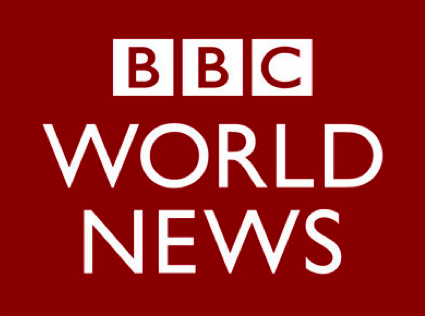
I think what matters about the suggested increase in emissions this year, is whether it is a blip, or whether it is an actual change in the trajectory. The trajectory has been ahead of what is needed to get us on to the right path, to stay below 2 degrees. Because it is peaking now, rather than in 2020 when it needs to peak. So we will see whether it is a blip or not.
I think that what we saw when Trump pulled out of the climate agreement, the very same day, we saw Blackrock and State Street publicly vote against Exxon’s board, for not having done enough to assess climate risk. So I think on one side, the investment community is really beginning to get a sense of the risks, of the kinds of events that we have seen all through this year, and what they will do for business, and on the other side, we are seeing a massive increase in investment in renewables by opportunity seekers, people simply seeing that the world has made its mind up, and it is on its way to a low carbon economy, and they want a piece of the action.
What we have seen, very interestingly, in China, is that it has started to cut back on coal, it had massive plans for building coal fired power stations, it is cutting those back, it’s cutting its emissions. There was a drought this year, which is why I think that there is a bit of an increase, because they lost hydro power. But much more importantly it is, by far, the country that is investing the most in renewables, and looking to see that as a massive opportunity for exports going forward. What you are seeing in India, again a similar thing, you are seeing growth in coal use in India actually slow down quite a lot more than was expected, and again a big investment in renewables as they see that as the fastest way to get electricity to India’s poor.
